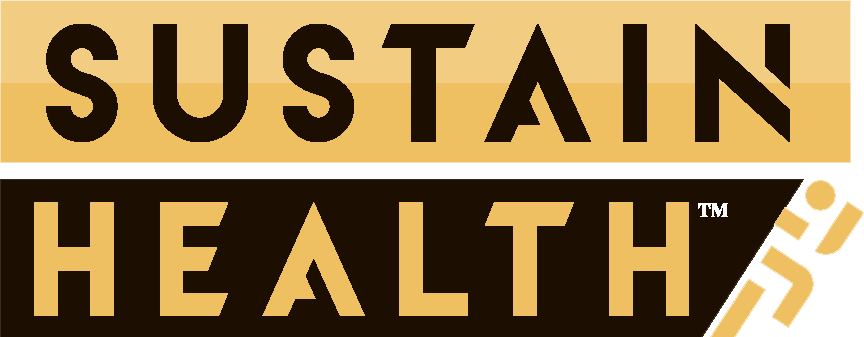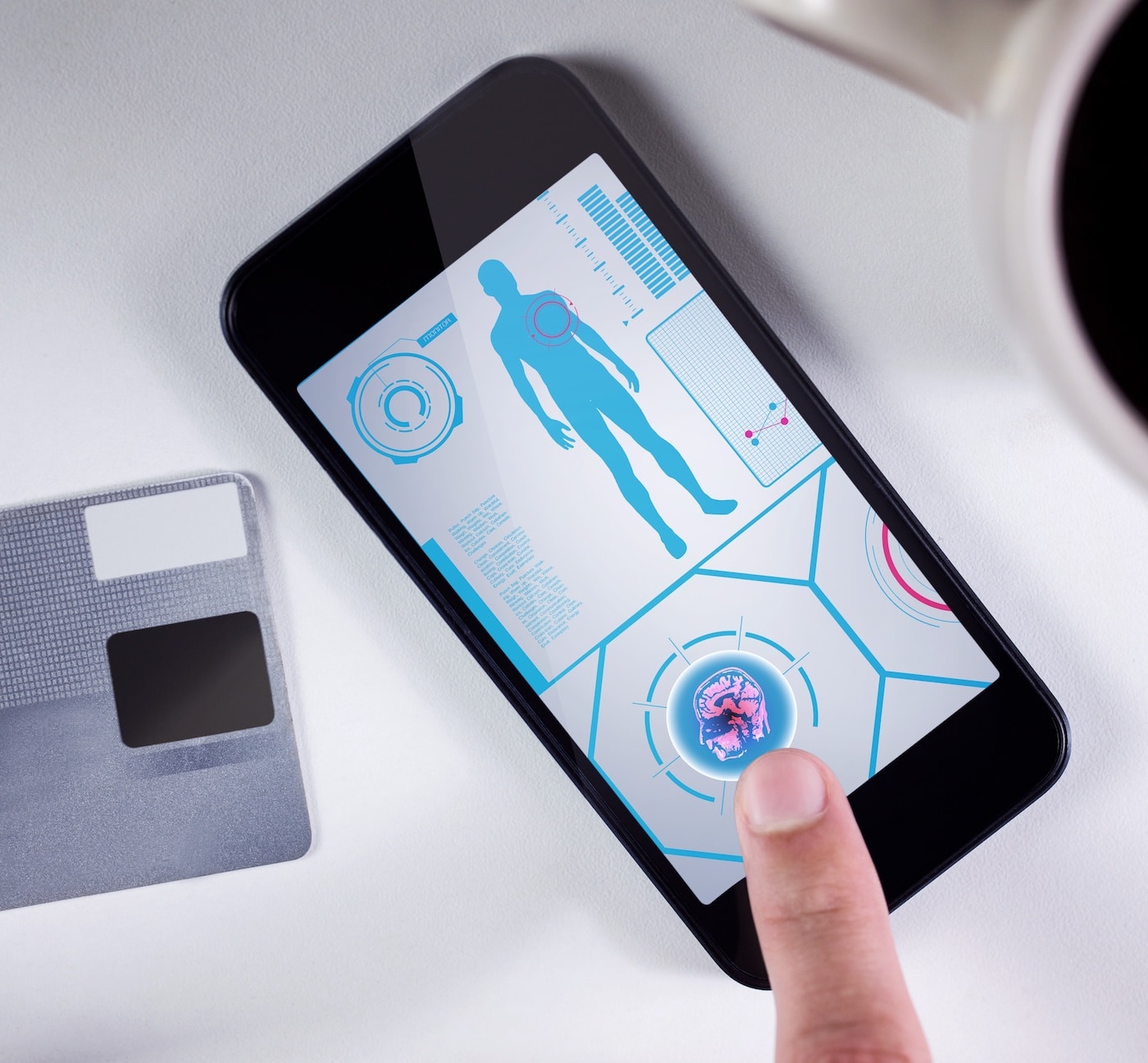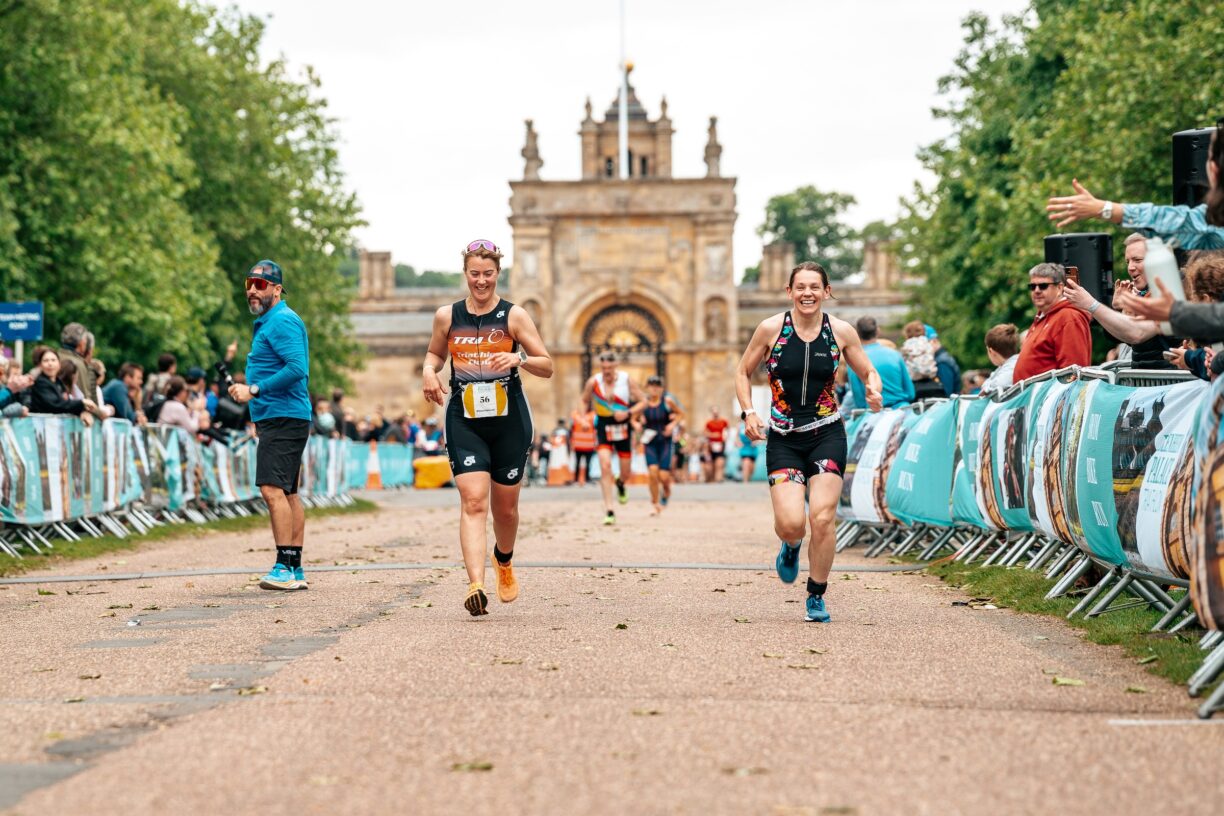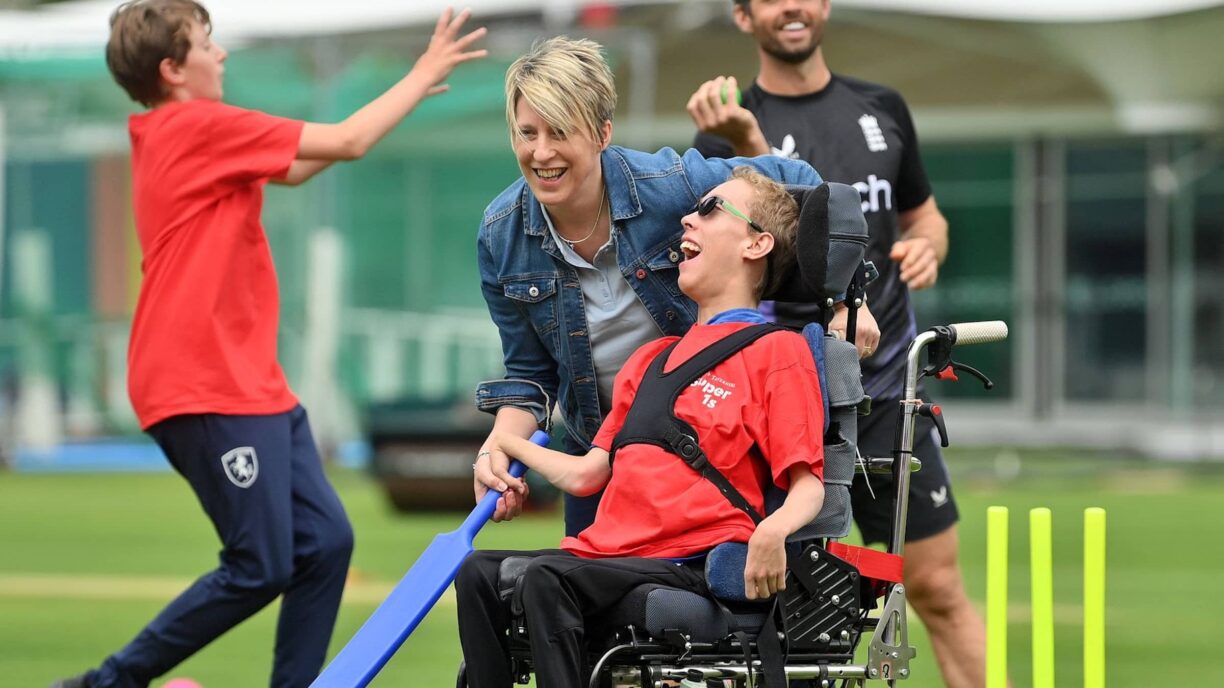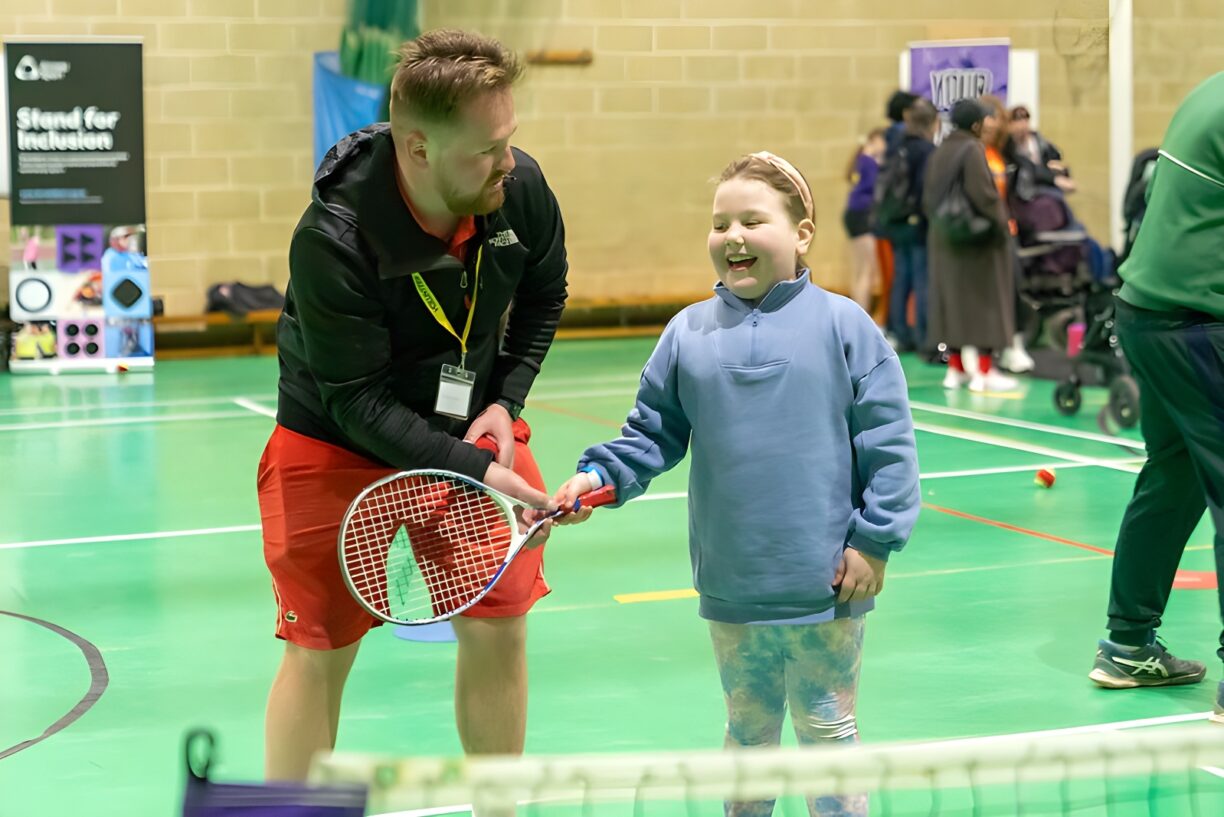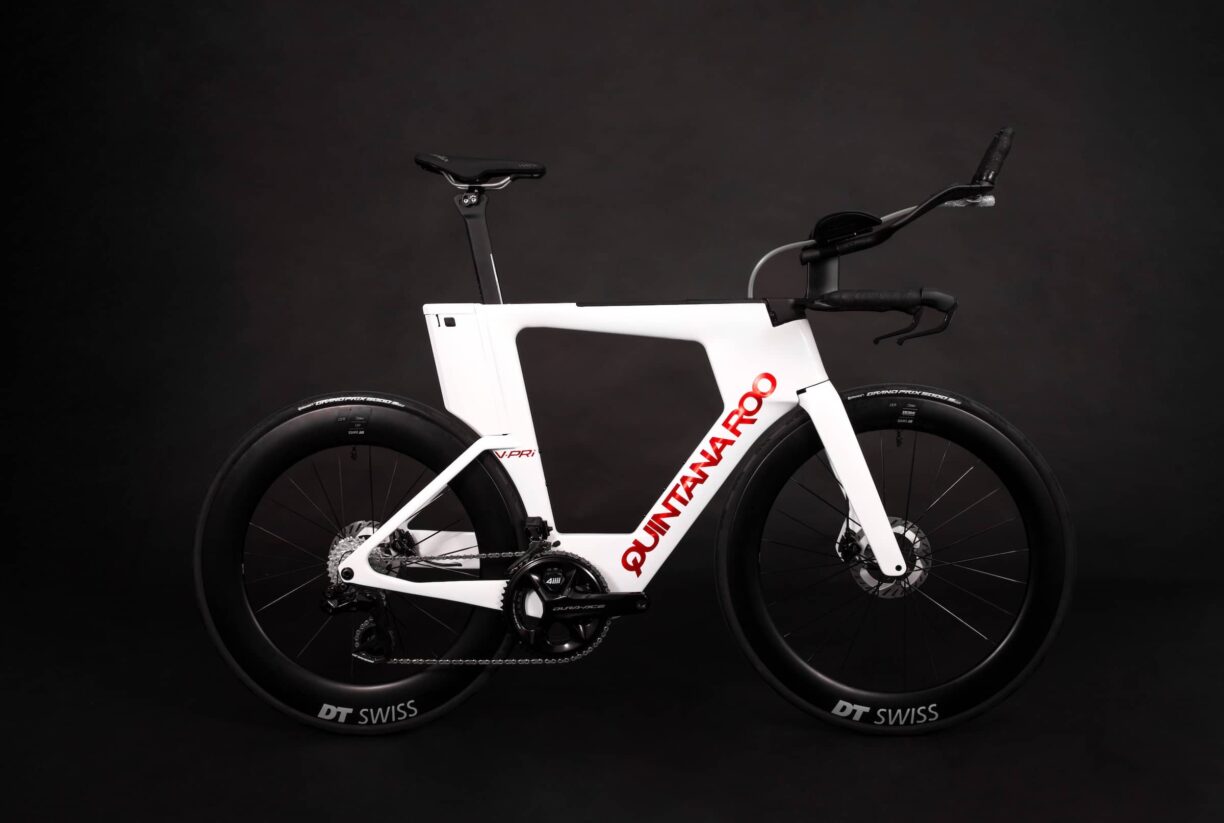Athletes often aim to improve. Whether it’s lowering lap times or refining a swing, results matter. But performance isn’t the only reason people stay committed. For many, enjoyment keeps them showing up, week after week.
This is where technology steps in. Technology plays a growing role in this space. However, it isn’t always about chasing the latest gadget.
Often, it’s about small tools that make a meaningful difference. Golfers, runners, cyclists, and gym-goers are experimenting with devices that help guide progress without disrupting the core experience.
So, how can tech support performance while still allowing space for enjoyment? That balance is what more people are starting to explore.
Performance Gains Through Smarter Tools
Advancements in sports tech have made performance tracking more accessible. Athletes can now monitor heart rate, pace, distance, and technique with devices that sit on their wrists or clip to their gear. These tools don’t just gather data; they offer insight.
The benefit of consistent feedback is clear. When you can see what’s working and where things slip, it’s easier to adjust. A small shift in form or strategy can make the difference between stagnation and steady progress.
Golfers, in particular, have benefited from tools designed specifically for the course. Distance tracking, swing analysis, and hazard alerts give players more control.
These features don’t take over the game but help refine how it’s played. When used intentionally, tech acts like a second set of eyes, offering guidance without replacing instinct.
Keeping the Fun Alive Without Losing Focus
Sport isn’t just about numbers. It’s also about feel, connection, and rhythm. Focusing too much on stats can pull attention away from these elements and turn every session into a checklist.
Some people enjoy tracking everything, while others find it overwhelming. When tech becomes a constant filter, it can affect how enjoyable the activity feels.
This is where personal preference matters. The goal is to use devices in a way that supports your reasons for training or playing, not conflict with them. For someone looking to unwind or switch off mentally, checking data mid-session might interrupt the experience.
Choosing when and how often to interact with performance tools helps maintain a healthy balance between structure and spontaneity.
Golf as a Case Study: A Game of Precision and Presence
Golf offers a good example of how tech can support without taking over. The sport demands focus, awareness, and calculated decision-making. It’s one of the few games where timing and mindset matter as much as physical ability.
This is where devices like GPS units add quiet value. Instead of second-guessing distances or relying on rough estimates, players can use reliable information to make informed choices.
Using a golf GPS device doesn’t take away from the thought process. It simply adds clarity.
The rest still depends on the individual. Choosing the right club, managing pressure, and reading terrain remain human elements.
Tech here works best when it helps players stay in the moment. Rather than creating a dependency, it offers subtle guidance that supports confidence and flow.
Choosing Tech That Matches How You Train
Not everyone needs the same setup. Some people thrive on detail. They want every session logged, analysed, and reviewed. Others prefer a light touch, just enough information to stay on track without feeling boxed in.
There’s no single right way. It depends on your goals, mindset, and how you respond to structure. A minimal approach can still be highly effective if it keeps motivation and stress low.
Think about how you naturally approach training. If routine and measurement help you stay consistent, more detailed tools may suit you well. If you value freedom or dislike interruptions, something simpler might be the better fit.
The best tech for you is the one that fits into your routine without making it more complicated.
Monitoring Without Obsessing: A Mindful Approach
Even the most helpful tools can become a source of pressure if they’re overused. It’s easy to fall into the habit of checking stats too often or comparing every session. This can create unnecessary tension and pull focus away from enjoyment.
It helps to set boundaries. You don’t need to track everything, every time. Skipping metrics occasionally or having device-free sessions can make a big difference in how fresh and motivated you feel.
Mental wellbeing matters just as much as physical progress. If checking numbers starts to feel like a chore, it’s probably time to reassess how you’re using your tech.
Being selective with what you monitor helps keep your routine enjoyable and sustainable over time.
Keep the Advantage Without Losing the Spark
Technology should support your goals without replacing the core of why you train or play. It’s there to provide direction, not to dominate the process.
Small adjustments, clear information, and timely feedback can all help improve performance when used wisely.
There’s value in trying new tools and seeing what fits. In sports like golf, a few pieces of well-timed data can help improve confidence and decision-making. The trick is to keep the experience personal.
Enjoyment doesn’t have to fade as performance improves. With the right approach, the two can work together. And when they do, progress feels natural, not forced. If you’re considering adding a device to your setup, start with one that fits your style.
Let it enhance the experience, not complicate it. Performance should never come at the cost of enjoyment, and with the right balance, it doesn’t have to.
